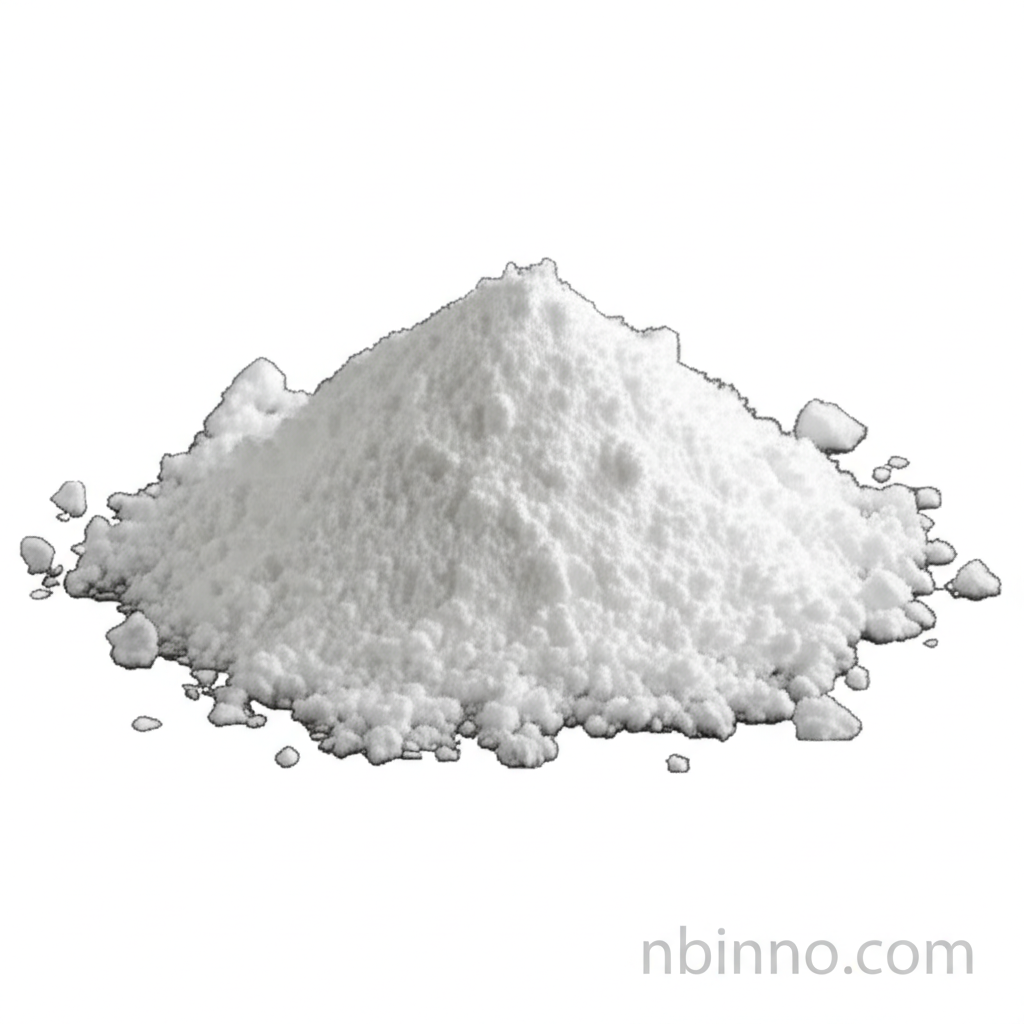Unlock the Power of Cryolite: Your Guide to Trisodium Hexafluoroaluminate Applications and Benefits
Discover the industrial significance and diverse applications of Trisodium Hexafluoroaluminate, a key compound for modern manufacturing.
Get a Quote & SampleProduct Core Value

Trisodium Hexafluoroaluminate
Trisodium Hexafluoroaluminate, commonly known as Cryolite, is an indispensable inorganic compound with critical roles across various industrial sectors. Its primary function as a flux in aluminum electrolysis significantly contributes to the efficiency and stability of the aluminum production process.
- Discover where to buy Cryolite CAS 15096-52-3 in China and leverage its benefits in aluminum electrolysis.
- Learn about the wear-resistant additive for grinding wheels that Cryolite provides, improving cutting force and extending service life.
- Inquire about the price of Sodium Aluminum Fluoride to understand its cost-effectiveness in industrial applications.
- Connect with a reliable Cryolite supplier in Anhui, China for consistent quality and supply.
Key Advantages
Stable Electrolyte Performance
Utilizing Cryolite with a high molecular weight ratio in new start-up tanks stabilizes electrolyte levels, ensuring slow shrinkage and consistent composition, which is crucial for efficient aluminum electrolysis.
Enhanced Grinding Efficiency
As a wear-resistant additive for grinding products, Cryolite significantly improves the wear resistance, cutting force, and overall efficacy of grinding wheels, leading to longer service life and better performance.
Cost Savings in Production
The efficient use of Cryolite can lead to substantial savings in sodium fluoride or soda consumption, directly reducing the production costs associated with electrolytic aluminum manufacturing.
Key Applications
Aluminum Electrolysis
Trisodium Hexafluoroaluminate is predominantly used as a flux in the electrolytic production of aluminum, lowering the melting point of alumina and increasing conductivity.
Grinding Products
Its role as a wear-resistant additive for grinding products enhances their durability and cutting capabilities, making them more effective in various industrial processes.
Metallurgy and Steelmaking
Cryolite serves as a flux for ferroalloy and boiling steel, contributing to cleaner metal production and improved casting quality.
Specialty Chemical Uses
It finds application as a deoxidizer, a catalyst for alkene polymerization, and an emulsifier in glass anti-reflective coatings, enamel, and glass opacifiers.
